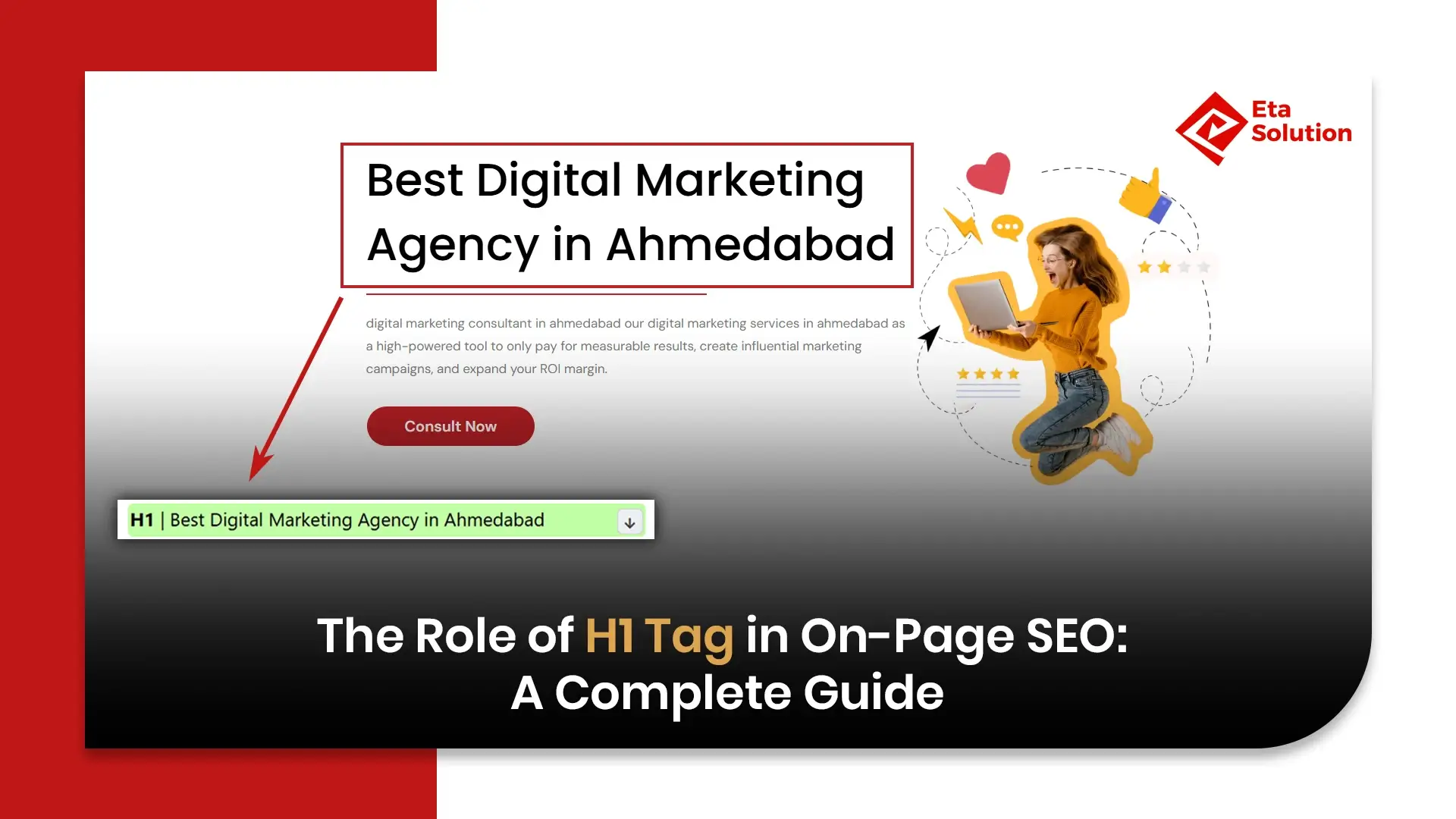
How H1 Tags Impact On-Page SEO Performance
H1 tags are one of the most subtle yet powerful factors that will improve your website’s visibility in the vast digital marketing world. As a rule, these small lines of HTML not only set the manner in which search engines will interpret your content but also the way users will interact with your pages. Optimized headings mean that a page can get up to 47% more click-through rates compared to those that lack structured heading optimization, according to recent studies. This positions the H1 tag not only as an SEO technicality but rather as a business strategy that helps to raise Website SEO.
This resource dissects H1 tags from every possible angle to show what their roles are, how one may optimize them, and the intricate roles of On-page SEO strategies that top brands utilize.
What is an H1 Tag?
Defining an H1 tag function is an HTML element indicating a webpage heading that the content is most related to. H1 of a webpage is as significant as the chapter title in a book; it informs the reader and the search engines about the main subject of the content.
- H1 tags come at the start of the SEO Content Structure hierarchy, followed by H2, H3, and other similar headings.
- They are not mere visual indicators; they are of a semantic nature, giving search engines an idea about content relevance.
- From a technical perspective, the presence of only one H1 tag per page is proposed so its authority will not be weakened.
To add to this, Backlinko’s study revealed that pages with a single and carefully written H1 get 15% more organic traffic as compared to pages with multiple and disordered H1s.
Significance of H1 Tags in SEO
H1 tag is not just a nice-to-have item on aesthetics pages; it is an indispensable tool that determines Search engine ranking. The reasons are listed below:
- Keyword Relevance: The Placement of keywords in the H1 is the primary signal to search engines about the main topic of a webpage.
- Content Hierarchy: As they reflect in the text, they provide a scannable and user-friendly way to organize content for both bots and human readers.
- User Engagement: Apart from the SEO benefits of a catchy H1, increasing the average session time and, thus, lowering bounce rates.
HubSpot’s blog optimization strategy is one example from the ground where they have reaped the benefits of H1 by hard work and rethinking the headings to suit the user needs. They reported a 20% increase in organic traffic in just 6 months.
H1 Tags vs. Other Heading Tags (H2, H3, etc.)
HTML headings have different functions, and it is a fallacy to treat all headings equally:
- H1: The main idea of the page. It is strongly recommended that only one H1 per page be created.
- H2: Supports the H1 by providing subtopics. There can be several H2s.
- H3 & H4: More detailed information is added under the respective H2 sections.
It can be likened to the pyramid; under the guidance of the H1 at the summit is the structure below. The misuse of this hierarchy can result in search engines getting confused, thus lower rankings, even though the quality of content is high.
Best Practices for Writing H1 Tags
Writing a good H1 simply means finding the right balance between making it an art and a science. SEO best practices are the following:
- On the one hand, keep it simple – the ideal character count is 50-70 characters.
- Inject primary keywords into your work in a natural way; refrain from stuffing.
- If users are drawn to it instantly, they should understand what the page is offering.
- Enhance page relevance signals by pairing H1 with Title tags.
Notice how the likes of Moz and Neil Patel’s blogs always stick to the very same tenets, and hence their pages consistently rank high in SERPs even in highly competitive sectors.
Common H1 Tag Mistakes to Avoid
Situations where heading optimization mistakes, even for the most skilled marketers, are not an uncommon feature. Here is a list of errors that you should be cautious about:
- The use of multiple H1s per page is one of them.
- Another mistake is intentionally or accidentally leaving H1s blank or automatically setting them to the page title.
- The practice of keyword stuffing may get the site penalized by Google.
- If H1s are to be extremely generic, like “Welcome to Our Website,” then it is considered a mistake.
Although John Mueller from Google has stated that multiple H1s won’t lead to ranking drops, a single, clear H1 will be more helpful for the SEO strategy to stay on target and give off a neat impression to Google.
How H1 Tags Affect Search Engine Rankings
H1 tags do not directly influence search rankings. However, they contribute to page optimization greatly, which is why the effect of H1 tags on rankings is indirect. These are some ways:
- More precise topic headings improve crawlability by simplifying the process through which search engines index the content.
- Moreover, by using them, you also bring up keyword relevancy without exhausting the page with keywords.
- Besides, the addition of clear headings paves the way for UX signals, which, as research suggests, become ranking factors in a search engine.
According to SEMrush data, well-optimized pages perform better in rankings on average by 3 positions in the Google search results against those with missing or poorly written H1s.
Optimizing H1 Tags for Keywords
- Focus should be on the H1 keyword tags being strategic rather than forced ones.
- Simply put the primary or secondary keyword right at the start of the H1.
- Support the H1 with related and long-tail keywords used naturally for the semantic richness.
- The duplication of the same H1 across different pages should be avoided; every H1 should be different.
In this way, user friendliness and keyword targeting are harmoniously maintained. For instance, the best SEO company targeting a page might be able to enhance its H1 in the following way.
H1 Tags and User Experience (UX)
H1 tags have a significant influence on website UX. When a user looks for a quick solution, he/she will notice the main heading of the page first. A concise, descriptive H1:
- Get the idea of the page immediately.
- Directs users to the relevant parts with the aid of the supporting H2/H3 headings.
- Makes easier reading, especially on content-heavy pages such as blogs or case studies.
- According to Nielsen Norman Group, UX-focused headings have the potential to raise engagement by 33%.
- H1 Tags in Mobile SEO With more than 60% of the worldwide searches that are done on mobile devices, mobile-optimized H1s are a must-have:
- Short and legible headings on small screens are what Mobile-optimized H1s mainly focus on.
- Heterarchy with H2/H3 for scannability ensures the proper one.
Not only is the style issue solved, but also the problem caused by the fact that H1s seem too big or too small.
Shopify and Amazon are examples of brands that are continuously testing the sizes and the placement of the heading, and thus showing how heading optimization is driving mobile engagement.
Tools to Analyze and Optimize H1 Tags
Several tools make H1 tag SEO audits less time-consuming.
- Screaming Frog SEO Spider: Crawl your site in order to find missing or duplicate H1s.
- SEMrush: Examine H1 utilization along with the pages of your website and keep track of the optimization impact.
- Google Search Console: Accessibility to what the headings mean to Google and ranking monitoring.
Apart from the above tools, there are others like SEO SpyGlass and Ahrefs Site Audit that allow marketers to pinpoint headings that are either wrongly structured or that don’t meet content standards.
Closing Take
It might be that H1 tags are just a tiny, almost invisible part of the enormous world of website SEO, still their power is quite significant. Through designing the user experience and at the same time leading search engines, one single well-written heading can have an effect on visits, engagement, and conversions. When you work on your SEO strategy, why don’t you consider not just keywords but also the intent and clarity of every H1?
Next time, when you are going through your website, try to answer this question: Are your H1 tags nothing more than placeholders, or are they one of the most powerful tools for search visibility and user engagement? It is quite possible that making them optimal is that small but very influential change that will be the reason why your brand will no longer be one of the many that go unnoticed, but will be among the authoritative ones.
If a company desires to take advantage of expert page optimization, then collaborating with the Best SEO company in Ahmedabad will undoubtedly be of immense help in achieving the results faster. This way, not only the H1 tags but the entire SEO guide practices will be in sync with the current search engine requirements.
In WordPress, you can add heading tags easily when writing or editing a post or page.
Open the Block Editor (Gutenberg).
When adding text, click the “+” icon and select a Heading block.
In the toolbar, choose H1, H2, or H3 from the dropdown.
How to use them properly:
Use H1 only once — for your main page or blog title.
Use H2 for main sections or important topics within your post.
Use H3 for sub-points or sub-sections under H2s.
This helps organize your content, making it easy to read for both visitors and search engines.
The H1 tag is very important for SEO because it tells search engines what your page is about.
Think of it as the headline of your page — it gives a clear signal about the topic.
Benefits:
Helps search engines understand the main subject of your page.
Improves readability and structure for visitors.
Increases chances of ranking for the keywords included in your H1.
If your H1 is clear, keyword-rich, and relevant, it can positively impact your page’s SEO performance.
In the past, having more than one H1 tag was considered bad for SEO, but now it’s not a big problem — especially with HTML5.
However, it’s still best practice to use only one H1 tag per page.
Why? Because:
It keeps your content organized and clear.
It avoids confusing search engines about your main topic.
You can use multiple H2 or H3 tags for other sections — that’s perfectly fine.
Yes, your title tag and H1 tag can be the same — but they don’t have to be.
Title tag = the text that appears in search results and the browser tab.
H1 tag = the headline visitors see on your page.
You can:
Keep them the same for consistency, or
Make them slightly different to target more keywords or add clarity.
For example:
Title tag: “Best SEO Practices for Beginners in 2025”
H1 tag: “A Beginner’s Guide to SEO Best Practices for 2025”
The purpose of the H1 tag is to define the main heading or title of a webpage.
In HTML, <h1> tells browsers and search engines:
“This is the most important heading on the page.”
It helps:
Structure the page for better readability.
Communicate the main topic or purpose of the content.
Improve accessibility for screen readers and SEO crawlers.
Ideally, yes, the H1 tag should be at or near the top of the page.
This helps:
Users immediately understand what the page is about.
Search engines quickly identify the main topic.
You can have images, banners, or menus above it — that’s fine — but the H1 should still appear early in the content layout.
The H1 tag is very important, though not the only ranking factor.
It:
Tells Google the main topic of the page.
Helps users know they’re in the right place.
Improves content structure and user experience.
Even though Google can understand context without it, a proper H1 makes your page more organized, readable, and SEO-friendly.
The H1 tag should be placed at the beginning of your main content — usually at the top of your article or page.
Best practices:
Use it for the main heading only once.
Keep it clear and keyword-focused.
Don’t hide it in images — always use text format.
Example in HTML:
<h1>The Role of H1 Tags in On-Page SEO</h1>
This helps both users and search engines easily identify the main topic of your page.

What started as a passion for marketing years ago turned into a purposeful journey of helping businesses communicate in a way that truly connects. I’m Heta Dave, the Founder & CEO of Eta Marketing Solution! With a sharp focus on strategy and human-first marketing, I closely work with brands to help them stand out of the crowd and create something that lasts, not just in visibility, but in impact!

Industrial Product Marketing with LinkedIn & Paid Ads

Top Digital Marketing Strategies for Industrial Products in 2026

B2B Product Launch Strategies: From Pre-Launch to Go-To-Market

